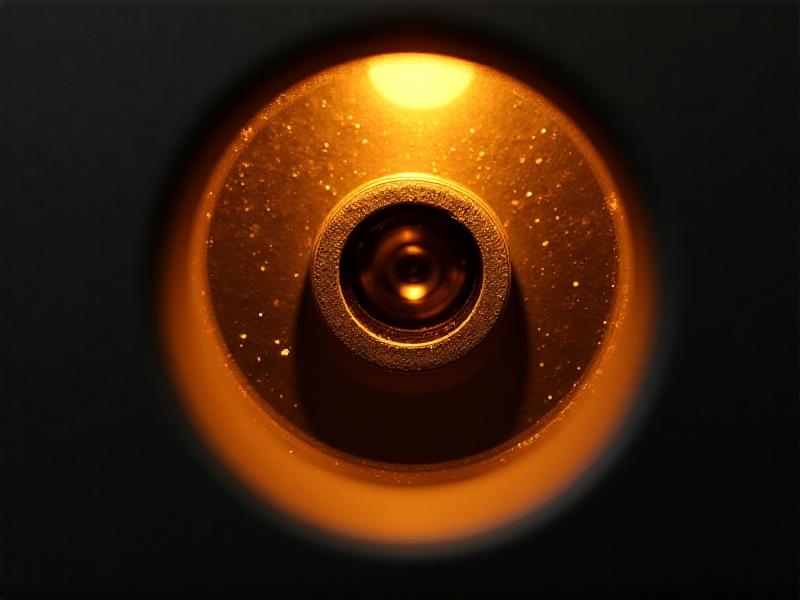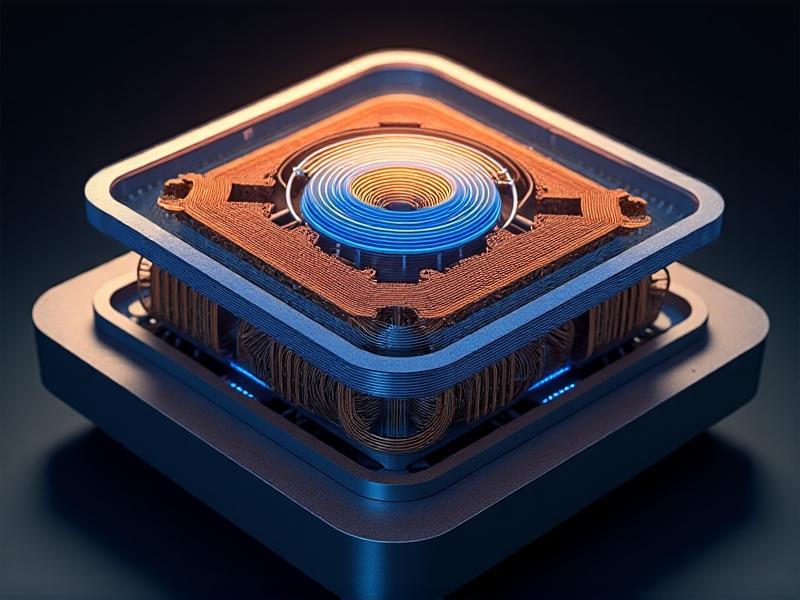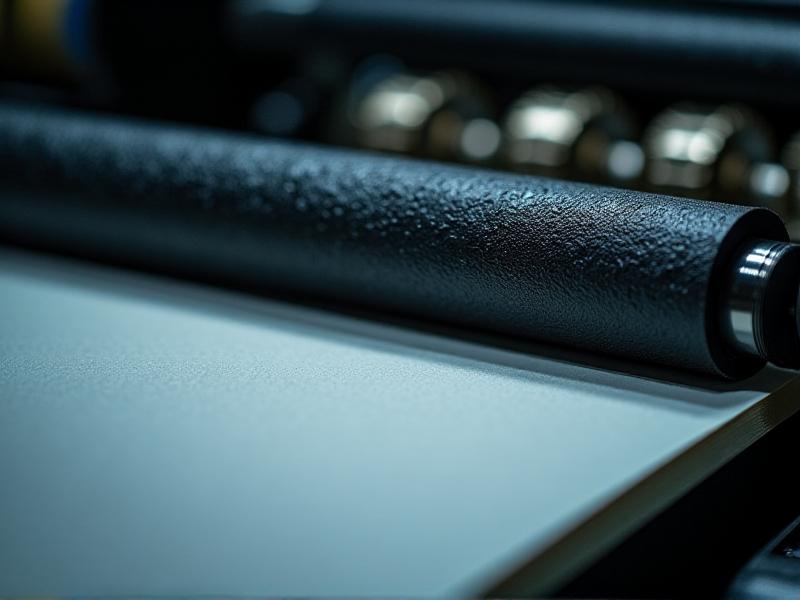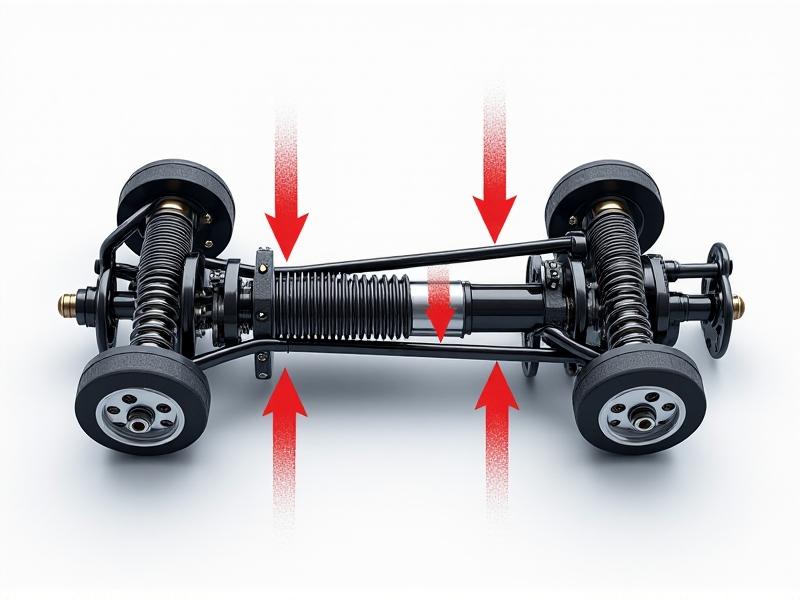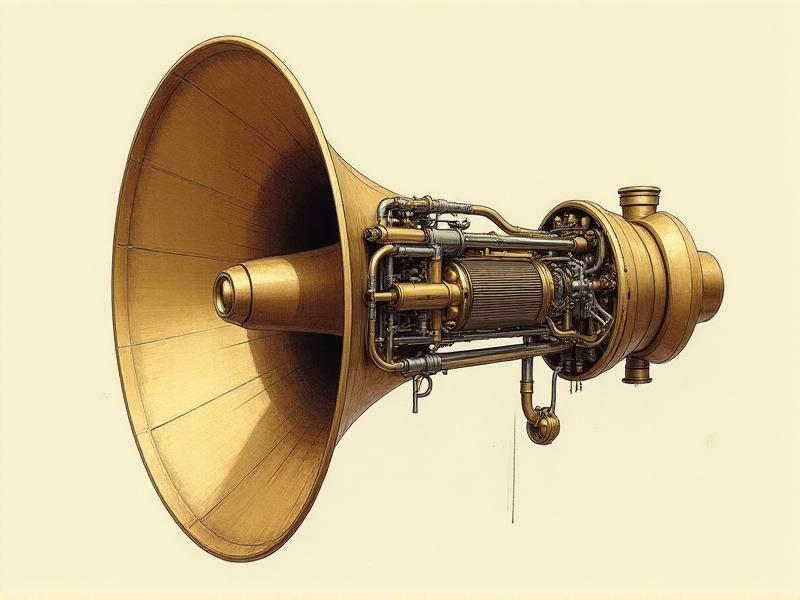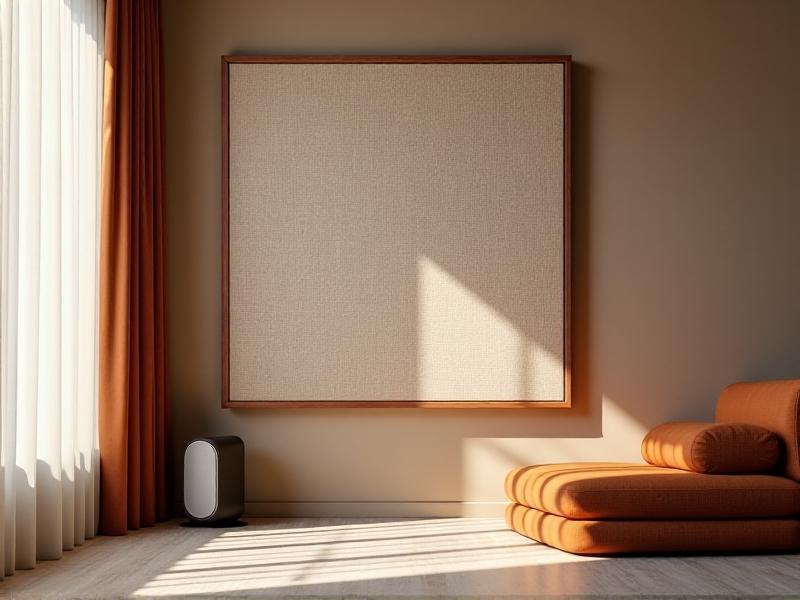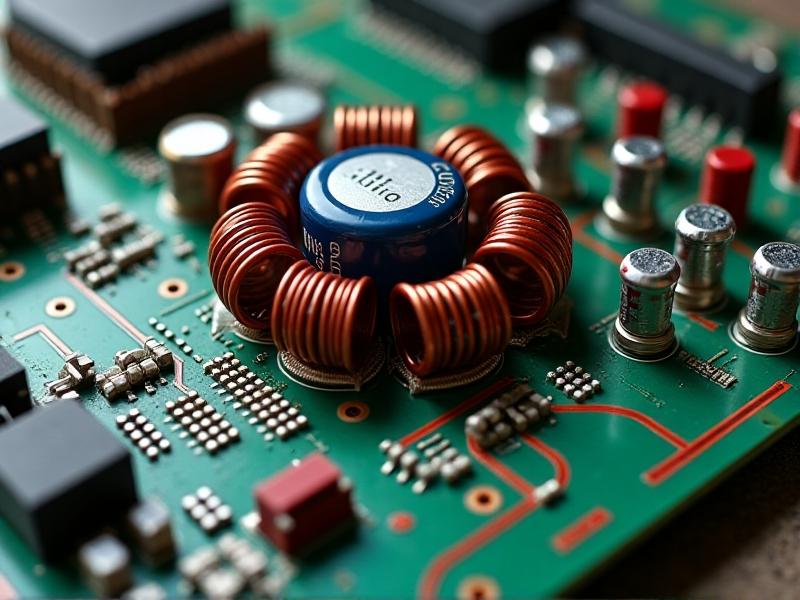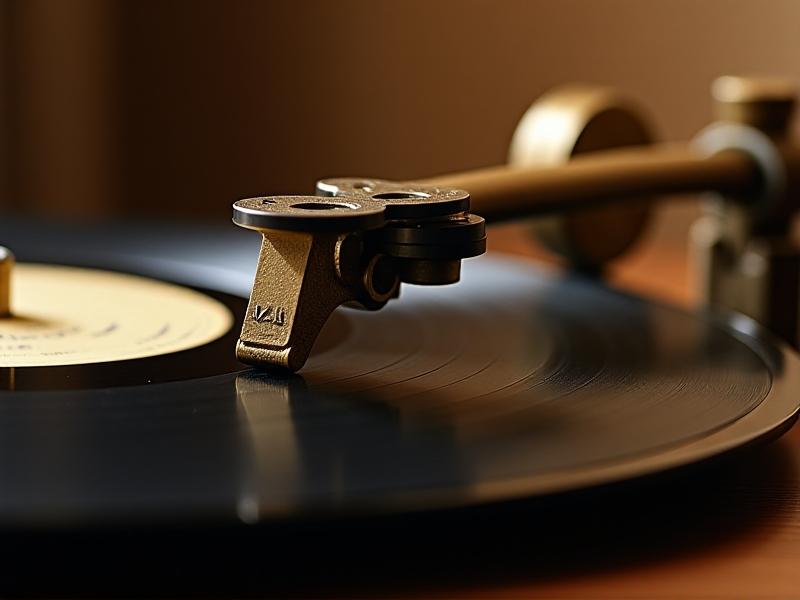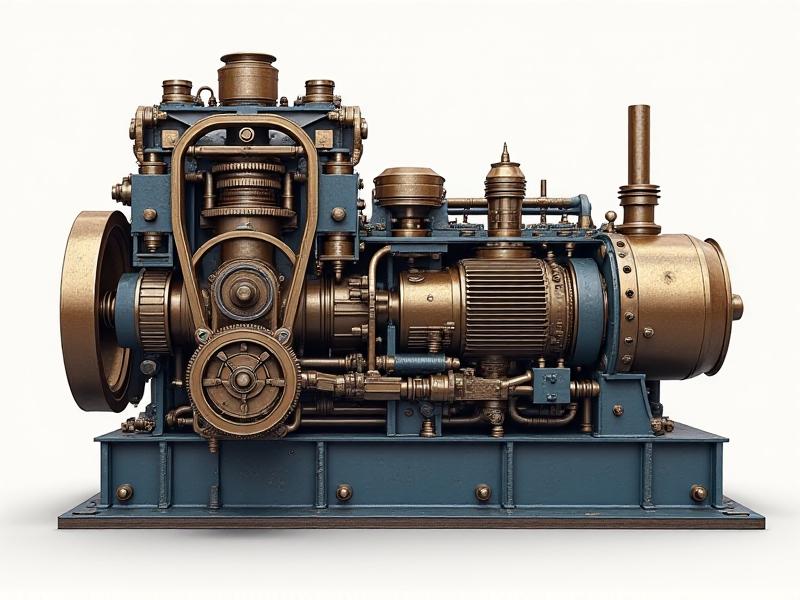Capstan Roller Resurfacing Techniques
The Critical Role of Capstan Roller Maintenance in Industrial Operations
Capstan rollers are indispensable components in machinery such as wire drawing equipment, printing presses, and textile manufacturing systems. These cylindrical devices guide, tension, or process materials under high stress, making their surface integrity vital for operational efficiency. Over time, wear from friction, thermal stress, or material abrasion degrades their performance, leading to production bottlenecks. Resurfacing restores their geometry and functional properties, reducing downtime and replacement costs. This article explores advanced techniques to rejuvenate these critical components.
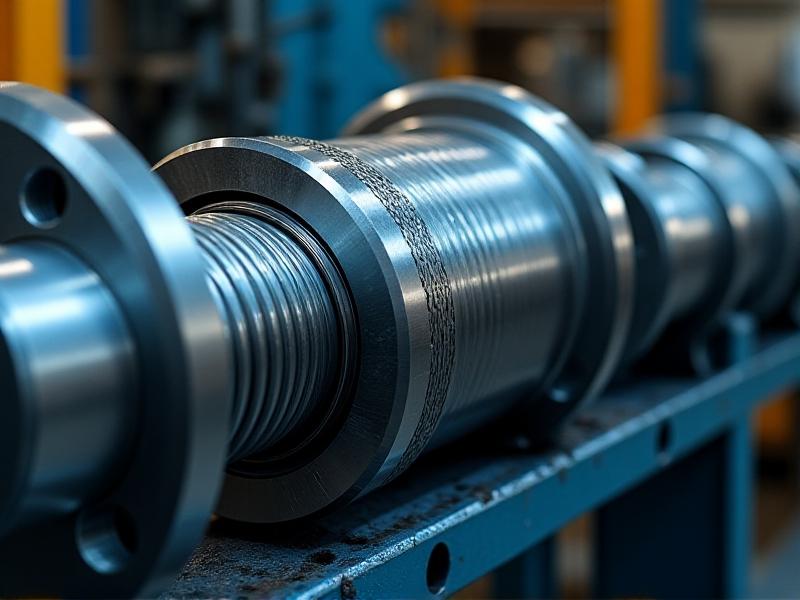
Common Wear Patterns and When to Resurface
Identifying wear early prevents catastrophic failures. Common issues include scoring from abrasive materials, pitting due to corrosion, and uneven treads from misalignment. For instance, in paper manufacturing, adhesive buildup can create grooves, while metalforming rollers often suffer from heat-induced microcracking. Resurfacing becomes urgent when surface roughness exceeds 0.8 microns or dimensional deviations surpass 0.1mm. Advanced monitoring tools like laser profilometers help quantify wear depth and distribution, guiding repair decisions.
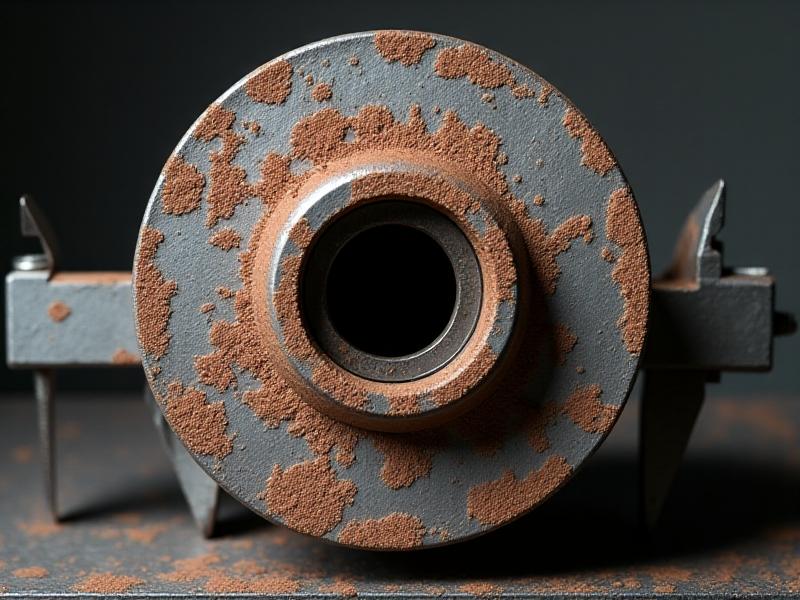
Grinding and Machining: Precision Surface Restoration
CNC grinding is the gold standard for high-accuracy resurfacing. Using CBN (cubic boron nitride) wheels, operators can achieve surface finishes under 0.4 Ra. A case study in a German bearing manufacturer showed that cryogenic grinding (-150°C) reduced thermal distortion by 60% compared to dry methods. For severely damaged rollers, initial roughing passes remove 0.2–0.5mm of material, followed by finishing passes at 0.05mm increments. Dynamic balancing post-grinding ensures rotational accuracy within 0.001mm.
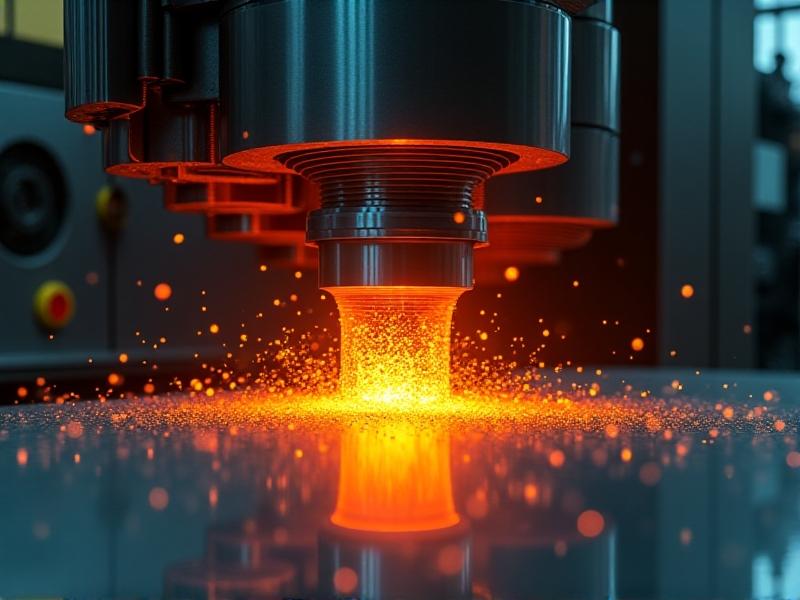
Laser Cladding: Advanced Alloy Deposition for Enhanced Durability
Laser cladding fuses powdered alloys like Stellite 6 or Inconel 625 onto worn surfaces via a 2kW fiber laser. This method builds up 0.3–1.2mm thickness with minimal heat input (HAZ under 0.1mm). A turbine blade manufacturer reported a 3x lifespan increase after switching to laser-clad rollers. Key parameters include 3.5m/min scan speed and 30° powder injection angle. Post-cladding, ECM (electrochemical machining) achieves a mirror finish without compromising the clad layer’s hardness.
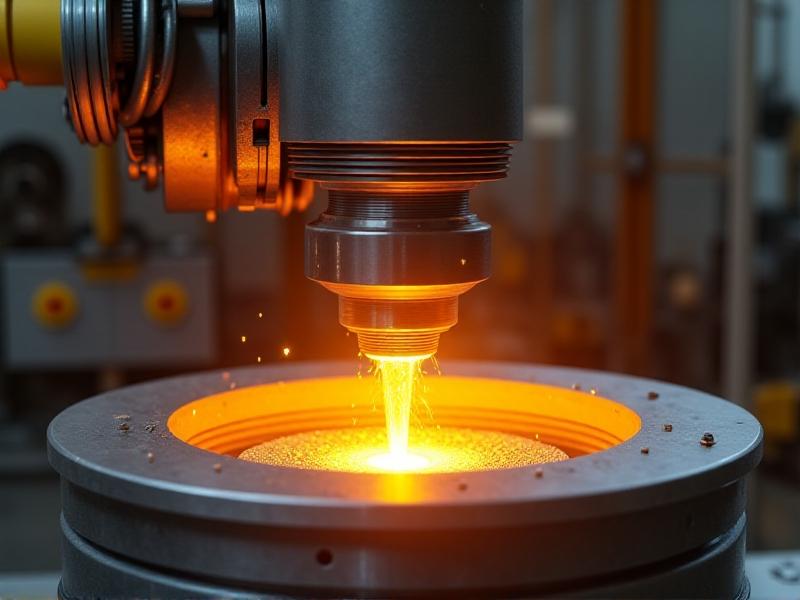
In-Situ Repairs: Minimizing Downtime with Portable Solutions
Portable resurfacing kits enable on-site repairs for rollers embedded in complex assemblies. Cold spray systems, like those using 7075 aluminum powder, can deposit 0.8mm thick coatings at 800m/s without disassembly. A mining company reduced conveyor roller replacement time from 72 hours to 8 hours using this approach. For minor defects, polymer composites infused with ceramic fillers (e.g., Belzona 1111) provide temporary fixes with 6–12-month durability.
Quality Assurance: Measuring Success Post-Resurfacing
Post-repair validation combines surface metrology and functional testing. White light interferometers map surface topography to ISO 25178 standards, checking for waviness under 0.02mm/m. Hardness tests confirm cladding layers meet HRC 58+ specifications. A tier-1 automotive supplier implemented inline eddy current testing to detect subsurface cracks as small as 0.05mm. Operational trials under 120% load for 24 hours verify performance parity with new components.
Emerging Technologies: The Future of Roller Resurfacing
Additive manufacturing now enables functionally graded materials—layers with varying hardness from HRC 40 at the core to HRC 62 at the surface. AI-driven adaptive machining systems, such as Siemens’ NX AM, adjust toolpaths in real-time based on thermal camera feedback. Research into graphene-infused ceramic coatings at MIT has demonstrated 90% reduction in abrasive wear compared to traditional hard chrome plating.
